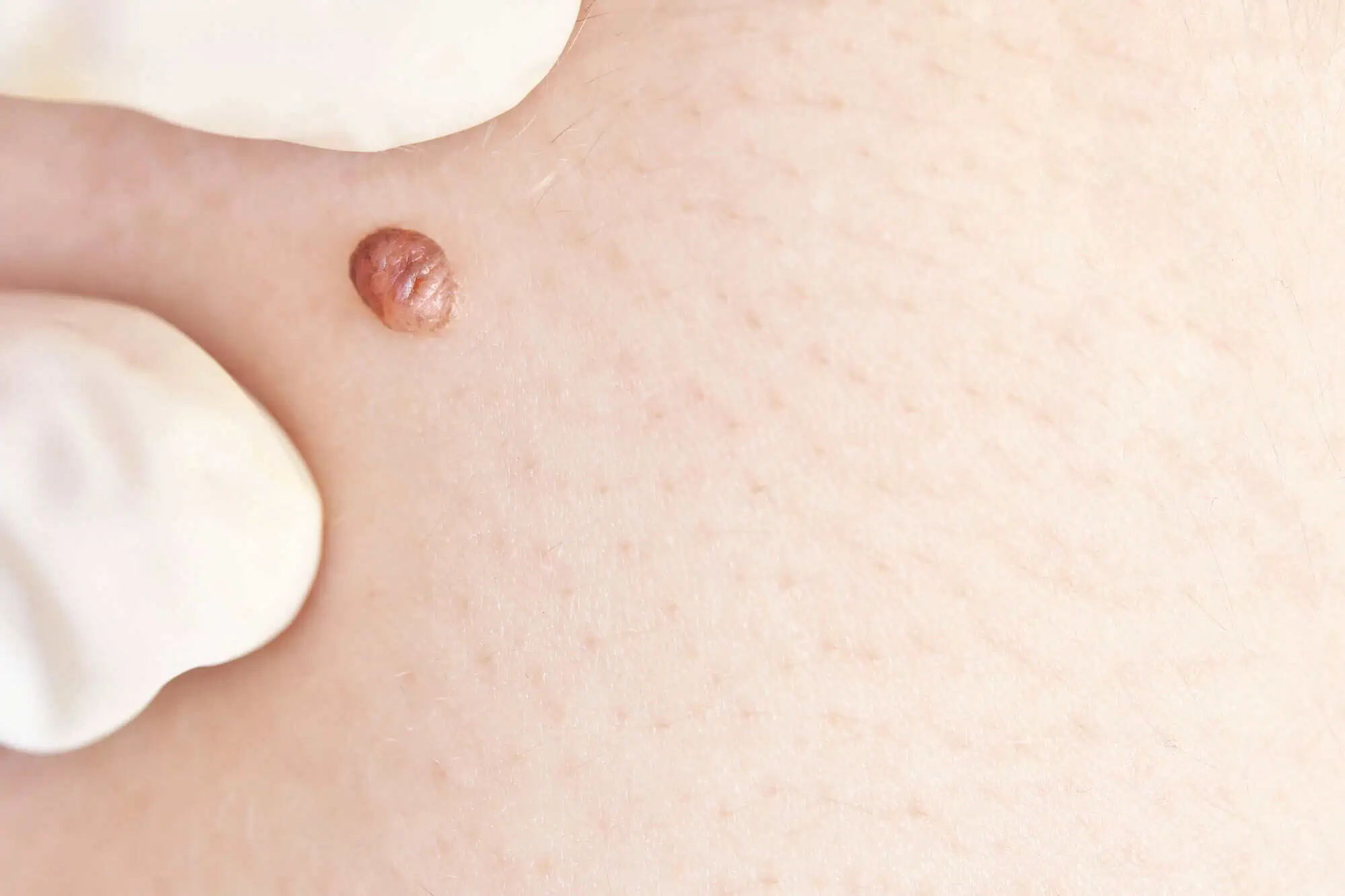Warty Growth in New York, NY

Warty Growth in New York, NY
Warty Growth, also known as Molluscum contagiosum, is a common skin condition caused by a viral infection that leads to the development of small, raised, and often flesh-colored lesions on the skin. These growths can be seen anywhere on the body but are found commonly on the face, neck, arms, and hands. Molluscum contagiosum is especially prevalent in children but can also affect adults, particularly those with weakened immune systems. The condition is generally harmless, but it can be persistent and spread through direct contact with infected skin or contaminated objects. Treatment options are available to remove the growths and prevent their spread.
What Causes Warty Growth?
The Molluscum contagiosum virus, a member of the poxvirus family, causes Warty Growth. The virus can spread through direct skin-to-skin contact and contact with contaminated objects such as towels, clothing, or toys. It can also be transmitted during sexual activity. People with weakened immune systems or those who have skin conditions like eczema are more susceptible to developing Warty Growth. The virus thrives in warm, humid environments, making it easier for the infection to spread in such conditions.
What Are the Different Procedures for Treating Warty Growth?
Cryotherapy
This procedure involves freezing the Warty Growths with liquid nitrogen, causing the lesions to blister and eventually fall off. Cryotherapy is quick and effective, often requiring several sessions to remove all growths. It is a preferred treatment for those seeking rapid results.
Curettage
In this method, the growths are physically scraped off the skin using a curette, a minor surgical instrument. Curettage is often performed under local anesthesia to minimize discomfort. This procedure effectively removes Warty Growths, though it may leave small scars.
Topical Treatments
Various topical creams and ointments containing antiviral agents, such as imiquimod or tretinoin, can be applied directly to the Warty Growths. These treatments work by stimulating the immune system to fight the virus, gradually causing the lesions to shrink and disappear. Topical treatments are typically used for mild cases or in combination with other procedures.
Laser Therapy
Laser treatment involves targeting the Warty Growths with focused light energy, destroying the infected tissue. This is particularly effective for larger or more resistant lesions. Laser therapy is precise and minimizes damage to the surrounding skin, making it a preferred option for sensitive areas.
Chemical Peels
Chemical solutions, such as salicylic acid, can be applied to the affected areas to exfoliate the skin and remove Warty Growths. Chemical peels are a less invasive option, though may require repeated applications and take longer to show results.
What Are the Results of Treating Warty Growth?
Treatment of Warty Growth is generally successful, with most lesions disappearing within a few weeks to months, depending on the method used. Cryotherapy and curettage offer the fastest results, while topical treatments and chemical peels may take longer. Following treatment, the skin typically heals without significant scarring, although some procedures, like curettage, may leave minor marks. Preventative measures, such as avoiding contact with infected individuals and maintaining good hygiene, can help reduce the risk of recurrence.
Book an appointment with Park Plaza Dermatology in New York, NY. Our experienced dermatologists offer a range of practical procedures to remove these lesions and restore the health of your skin. Contact us today to schedule a consultation and learn more about how we can help you manage and treat Warty Growth.
Benefits of Treating Warty Growth
- Prevents the spread of Molluscum contagiosum.
- Reduces the risk of secondary infections.
- Minimizes discomfort and itching.
- Enhances skin appearance by removing unsightly growths.
- Reduces the chance of scarring from untreated lesions.
- Improves self-confidence and comfort in social settings.
- Provides relief from potential pain or irritation caused by the growths.
- Offers long-lasting results with appropriate treatment.
- Helps maintain overall skin health.
- Prevents transmission to others, particularly in close-contact environments.
Frequently Asked Questions
Yes, Warty Growth caused by Molluscum contagiosum can resolve over time. However, this process can take several months to years, and untreated growths may spread or cause discomfort. Seeking treatment can expedite removal and reduce the risk of spreading the virus.
Yes, Warty Growth is highly contagious and can be spread through direct contact with the lesions or by touching contaminated objects. To prevent transmission, it is essential to avoid sharing personal items including towels or clothing with someone who has the condition.
Side effects vary depending on the procedure. Cryotherapy may cause temporary redness, swelling, or blistering. Curettage might leave small scars. Topical treatments could cause mild irritation or dryness. Laser therapy is generally well-tolerated but may cause slight discomfort during the procedure.
To prevent the spread of Warty Growth, avoid direct contact with infected skin, never share personal items like towels or clothing, and maintain good personal hygiene. If you have the condition, covering the growths with clothing or a bandage can help prevent transmission to others.
While treatment is generally effective, recurrence is possible, especially if the virus is still present on the skin. Proper post-treatment care and preventive measures can help minimize the chances of recurrence.
Yes, it is safe to treat Warty Growth in children. Pediatric dermatologists often use gentle methods like topical treatments or cryotherapy. It is essential to consult with a dermatologist to determine the most appropriate treatment based on the child’s age and the severity of the condition.
